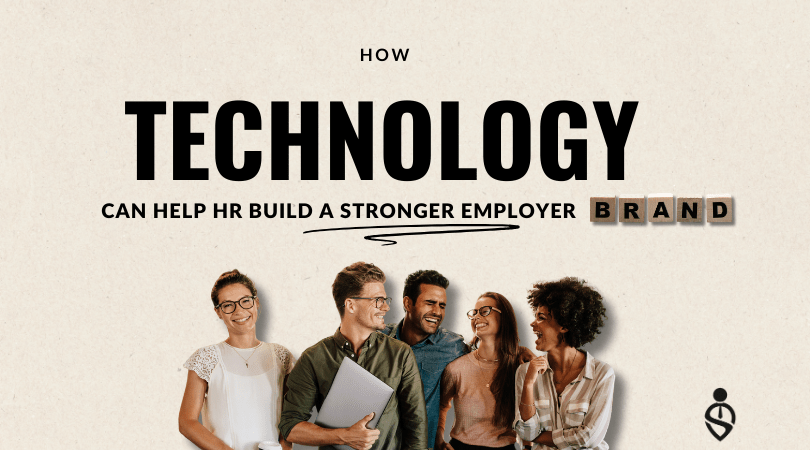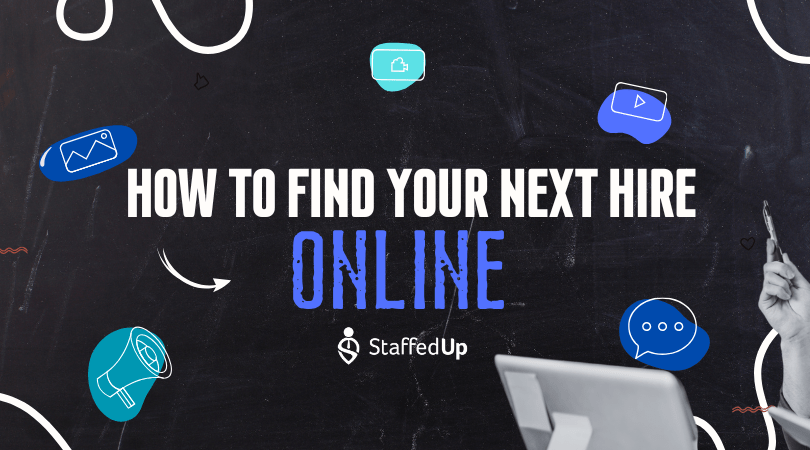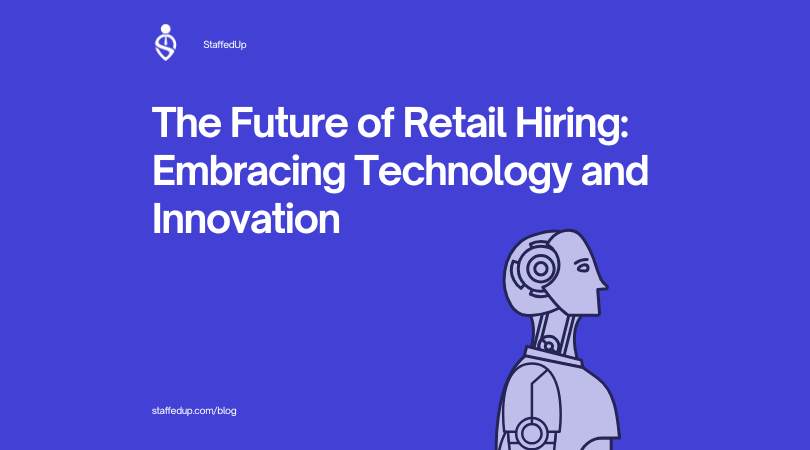Introduction
The hospitality industry is no stranger to fast-paced environments, unpredictable demand, and constant staffing challenges. From high turnover rates to the ongoing pressure of finding dependable talent, hiring managers have long struggled to keep operations running smoothly.
But a new wave of innovation is transforming how restaurants and hospitality businesses recruit — Artificial Intelligence (AI) and Machine Learning (ML). These technologies aren’t just buzzwords anymore. They’re practical tools changing how operators source, screen, and retain employees.
AI recruitment in hospitality has moved beyond a futuristic concept to a competitive necessity. With AI-driven tools, restaurants can identify quality candidates faster, minimize human bias, improve communication, and ultimately, create better teams.
What AI and Machine Learning Mean in Hospitality Hiring
Before diving into how AI recruitment in hospitality works, it helps to clarify what these technologies really do.
- Artificial Intelligence (AI) refers to systems designed to mimic human intelligence — analyzing data, recognizing patterns, and making predictions.
- Machine Learning (ML) is a subset of AI that learns from data over time. It continuously improves performance without being explicitly programmed to do so.
In restaurant hiring, AI and ML come together to automate repetitive tasks like resume screening, sorting candidates by qualifications, and even predicting which applicants are most likely to succeed.
Examples of AI in Hospitality Recruiting
- Automated resume parsing: Instantly filters applications to match your specific criteria.
- Smart candidate matching: Identifies top applicants based on historical hiring data.
- Chatbots: Answer applicant questions 24/7 and help them through the application process.
- Predictive analytics: Uses data from past hires to forecast which candidates will perform best.
Together, these innovations reduce friction and bring consistency to what has traditionally been a chaotic, manual process.

Reducing Bias in Hospitality Hiring
One of the biggest advantages of AI recruitment in hospitality is the ability to minimize unconscious bias. Traditional hiring decisions — especially in fast-paced restaurant environments — are often made under time pressure and intuition. That can unintentionally lead to biases around gender, race, or background.
AI and ML help counter that. These systems evaluate candidates using objective, data-based parameters. They can assess skills, qualifications, and experience without being influenced by personal or cultural bias.
Example:
A restaurant hiring for multiple locations might unknowingly favor applicants from certain schools or regions. AI-based recruiting software reviews applications based solely on merit — such as certifications, tenure, or relevant experience — resulting in a more inclusive candidate pool.
Tip: Always pair AI tools with human oversight. Technology helps identify bias, but people maintain empathy, culture fit, and ethical decision-making.
Improving Efficiency and Time-to-Hire
In hospitality, every day without a full team costs money. Managers spend countless hours sorting resumes, scheduling interviews, and chasing down no-shows.
AI recruitment drastically reduces that time. Automated screening narrows large applicant pools into qualified candidates almost instantly. Smart scheduling tools automatically coordinate interviews and send reminders to applicants — cutting down no-shows and missed connections.
Real-World Efficiency Gains:
- Automated resume screening reduces manual review time by up to 75%.
- Smart chatbots handle FAQs, freeing up managers from repetitive communication.
- Predictive analytics anticipate seasonal hiring surges, helping operators prepare in advance.
When integrated with systems like StaffedUp, restaurants can manage these workflows in one place — posting jobs, reviewing applicants, and scheduling interviews faster than ever.
CTA: Simplify your recruitment process with automation tools that do the heavy lifting. Explore how StaffedUp helps restaurants fill positions faster and smarter.

Enhancing Candidate Experience
The best candidates often have multiple offers — and their experience during your hiring process can be the deciding factor.
AI improves this experience through personalization and responsiveness. Instead of waiting days for a response, candidates get instant communication and feedback. Chatbots guide them through the application, ensuring they know exactly where they stand.
Example of AI-driven hospitality hiring experience:
- Candidate scans a QR code on a restaurant’s “Now Hiring” poster.
- AI-driven chatbot welcomes them, asks basic pre-qualifying questions, and connects them directly to open roles.
- The system provides immediate confirmation, schedule options, and next steps.
The entire process takes minutes — not hours or days. That level of convenience and engagement keeps top talent from drifting away.
CTA: When your candidate experience matches your customer experience, hiring becomes a competitive advantage. StaffedUp helps your brand deliver both seamlessly.
Increasing the Quality of Hires
Finding anyone to fill a role isn’t enough anymore — especially in restaurants where service quality defines brand reputation.
AI-powered hiring systems help managers focus on quality over quantity. Machine learning algorithms analyze patterns among top-performing employees — things like tenure, training time, and guest satisfaction scores. They then use this data to identify similar traits in new applicants.
Over time, these tools learn what makes someone a successful team member in your specific environment. Whether it’s reliability, speed, or communication skills, AI continuously refines your talent pool.
AI’s Role in Smarter Hiring Decisions:
- Predicts candidate performance and retention likelihood.
- Identifies soft skills that align with company culture.
- Highlights candidates who perform well in fast-paced or multi-unit settings.
This shift toward data-driven recruiting results in more confident hires — and lower turnover.
Cost Savings and ROI of AI Recruiting
Every restaurant operator knows the real cost of turnover — recruiting, onboarding, training, and lost productivity. AI doesn’t just make hiring faster; it also makes it cheaper and more sustainable.
Here’s how:
- Reduced advertising spend: AI tools distribute your job listings strategically across high-performing channels.
- Lower training costs: By hiring better-fit employees, your staff stays longer, reducing onboarding expenses.
- Improved efficiency: Managers spend less time hiring and more time focusing on operations.
Estimated ROI from AI Recruitment Tools:
| Cost Area | Traditional Hiring | AI-Powered Hiring |
| Time-to-hire | 14-30 days | 3-7 days |
| Cost-per-hire | $2,000-$3,000 | $500-$1,200 |
| Employee retention rate | 50-60% | 70-85% |
CTA: Every unfilled shift impacts your bottom line. Discover how automating candidate screening through StaffedUp helps control costs while improving team quality.
Real-World Use Case: AI in Restaurant Hiring
Let’s look at how one multi-unit restaurant group improved their hiring through AI-powered systems.
Challenge:
The group managed 33 locations and struggled to keep up with constant turnover. They relied heavily on job boards and manual resume sorting, causing delays and inconsistent hiring results.
Solution:
They implemented StaffedUp’s applicant tracking system, enhanced with AI-driven features like automated screening, text-based applications, and predictive performance analytics.
Results:
- Time-to-hire reduced by 60%.
- Turnover dropped by 35% in the first six months.
- Candidate satisfaction scores (measured by follow-up surveys) increased by 40%.
Takeaway: AI didn’t replace their hiring managers — it empowered them to focus on people, not paperwork.
Addressing Common Concerns About AI Recruiting
Some hospitality leaders worry that AI may replace human intuition or make the hiring process impersonal. The truth is the opposite — AI enhances the human touch by handling tedious administrative work.
Common Myths vs. Reality:
| Concern | Reality |
| “AI removes the human element.” | AI allows managers to spend more time building relationships with top candidates. |
| “AI decisions are biased.” | Properly trained algorithms reduce unconscious bias by relying on data, not personal opinion. |
| “AI is only for large brands.” | Affordable tools like StaffedUp make AI recruitment accessible for independent and multi-unit operators alike. |
Best Practices for Adopting AI Recruitment in Hospitality
- Start small, scale smart.
Test one area, like automated screening or chatbot communication, before expanding platform-wide. - Train your team.
Ensure managers understand how to interpret AI recommendations and maintain human oversight. - Prioritize transparency.
Inform candidates when AI tools are being used. Transparency builds trust and compliance. - Measure what matters.
Track metrics like time-to-hire, cost-per-hire, and retention rates to evaluate ROI. - Integrate with your existing systems.
Choose solutions like StaffedUp that easily integrate with scheduling, payroll, and HR tools.

The Future of AI in Hospitality Hiring
As technology evolves, AI in hospitality will go beyond recruitment. Expect tools that analyze staff sentiment, predict turnover risk, and personalize training modules.
Forward-thinking operators are already investing in AI because they recognize that efficient, data-driven hiring leads to better guest experiences — and stronger profitability.
CTA: The future of restaurant hiring is already here. Explore how StaffedUp’s smart recruiting tools help your brand attract, hire, and retain top talent — effortlessly.
Conclusion
AI recruitment in hospitality is reshaping how restaurants find, evaluate, and retain employees. By automating repetitive tasks, reducing bias, improving efficiency, and enhancing candidate experience, AI-driven hiring tools are creating a smarter, more inclusive workforce.
Restaurants that embrace these tools gain more than just better hires — they gain time, savings, and the ability to focus on what truly matters: delivering exceptional guest experiences.
If your restaurant is ready to modernize its hiring process, it’s time to integrate AI-powered solutions that streamline everything from sourcing to onboarding.
Final CTA: See how StaffedUp helps hospitality employers hire faster, smarter, and with less effort.













